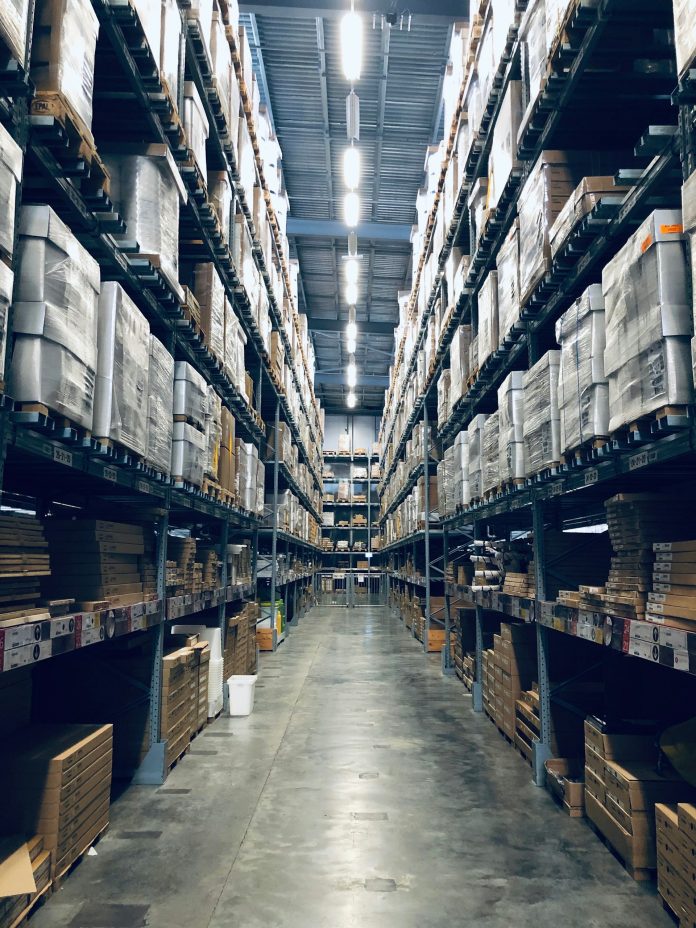Understanding the differences between fulfilment centres and traditional warehouses is important for businesses in California. Fulfilment centres are not just storage spaces; they handle the entire order process from online purchase to delivery. On the other hand, traditional warehouses mainly focus on storing goods until they are needed.
In California, fulfilment centres often support e-commerce and provide services like packing and shipping orders directly to customers. This integrated approach can improve customer satisfaction and streamline operations. If you are looking to optimise your logistics, consider the advantages of Ops Engine 3PL solutions, which offer strong support for e-commerce and wholesale distribution.
By choosing the right facility, you can improve efficiency and meet customer demands more effectively. Traditional warehouses may suit bulk storage needs, while fulfilment centres can offer a complete operational experience that aligns with the fast-paced demands of online retail.
Defining Characteristics
Fulfilment centres and traditional warehouses serve different roles in the supply chain. Their purposes and functions, along with their design and layout, reflect these differences.
Purpose and Function
Fulfilment centres are designed to support e-commerce and fast-paced retail by handling every step of the order process. They perform order processing, picking and packing, and direct-to-consumer shipping. This enables businesses to meet customer demands quickly and efficiently.
Traditional warehouses, on the other hand, focus on long-term storage. They act as static points that store goods until they are needed. Goods may stay in warehouses for extended periods, making them ideal for items that do not require immediate dispatch.
The primary purpose of a fulfilment centre is to ensure timely delivery to customers, while traditional warehouses are built to store large volumes of inventory for future distribution. Each serves a specific role tailored to different aspects of the supply chain.
Design and Layout
The design of fulfilment centres prioritises easy access to stored items. These centres are typically organised with advanced technologies such as automated systems and robotics. This design allows for efficient order processing and quick inventory turnover. Fulfilment centres often utilise complex inventory management systems to track and locate items promptly.
In contrast, warehouses are typically designed for maximum storage capacity. Shelving and storage solutions in a warehouse are geared towards storing goods safely and securely for longer durations. The layout might include large pallet racks and wide aisles to accommodate heavy machinery used for moving goods.
Fulfilment centres also require more space for packing and shipping operations, while warehouses dedicate more space to high-density storage solutions. This reflects their distinct roles in the supply chain.
Operational Differences
Understanding the operational differences between fulfilment centres and traditional warehouses is essential for making informed decisions. Each has distinct approaches to inventory management, uses of technology and automation, and turnaround times.
Inventory Management
In a traditional warehouse, the primary focus is on storing goods. Items are kept on shelves or pallets, often for extended periods, until they are needed. Your inventory sits in the same location until it’s ready to be shipped out. This method is ideal for businesses that need to keep large quantities of stock available at all times.
In contrast, a fulfilment centre not only stores inventory but also manages the entire order process. From picking and packing to shipping directly to customers, these centres handle everything. This approach requires a more dynamic inventory management system. Products are moving in and out quickly, so you need accurate tracking to ensure timely deliveries.
Technology and Automation
Traditional warehouses often use basic solutions for inventory management and order tracking. You might find barcode scanners and basic warehouse management systems (WMS). The use of advanced technology in traditional warehouses is limited. This might be suitable for businesses that do not require fast order fulfilment.
Fulfillment centres, on the other hand, leverage advanced technology and automation. From robotic systems for picking and packing to sophisticated WMS integrated with e-commerce platforms, these centres aim for high efficiency. Technologies like artificial intelligence (AI) and machine learning help optimise storage space and predict demand. These innovations boost accuracy and speed, making them well-suited for e-commerce businesses with high order volumes.
Turnaround Times
In a traditional warehouse, turnaround times can be longer. Products may stay in storage for days or even months. When an order comes in, it takes time to locate, pick, pack, and ship the item. This process is often manual and can be slower, which might not meet the needs of businesses that require quick delivery.
Fulfilment centres are designed for speed. Orders are processed as soon as they are received, often within hours. The integration of inventory management, order processing, and shipping reduces delays. Products are usually ready to go out the same day or the next, making fulfilment centres ideal for businesses that promise fast delivery to their customers.
Understanding these operational differences can help you choose the right solution for your business needs.
Conclusion
Understanding the distinctions between fulfilment centres and traditional warehouses in California is crucial for business success. Fulfilment centres focus on quick order processing and direct customer shipments. Traditional warehouses prioritise long-term storage and bulk inventory management. Picking the right facility depends on your business needs and goals.
Both options play essential roles in the supply chain, ensuring efficient operations.



 Bitcoin
Bitcoin  Ethereum
Ethereum  Tether
Tether  XRP
XRP  Solana
Solana  USDC
USDC  TRON
TRON  Cardano
Cardano  Lido Staked Ether
Lido Staked Ether  Avalanche
Avalanche  Toncoin
Toncoin